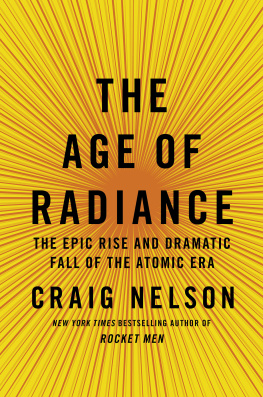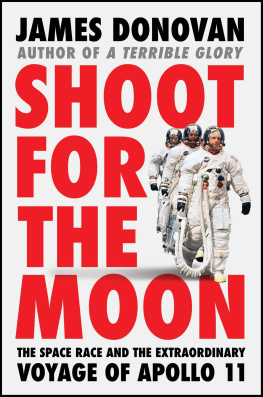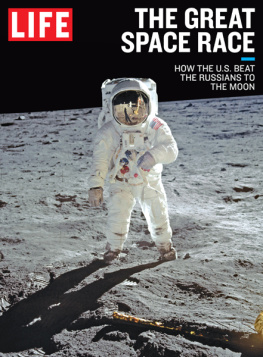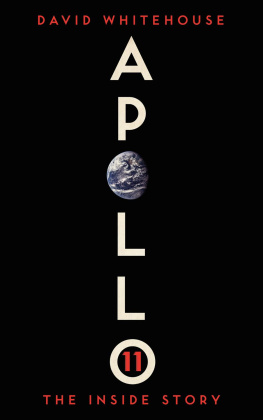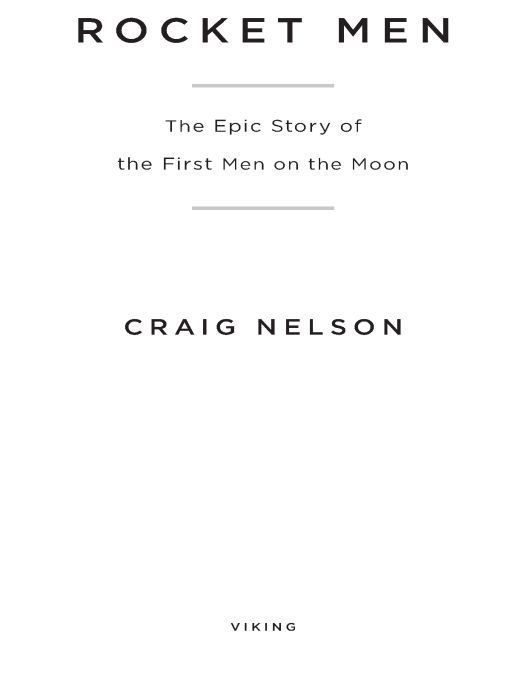Table of Contents
ALSO BY CRAIG NELSON
Thomas Paine
The First Heroes
Lets Get Lost
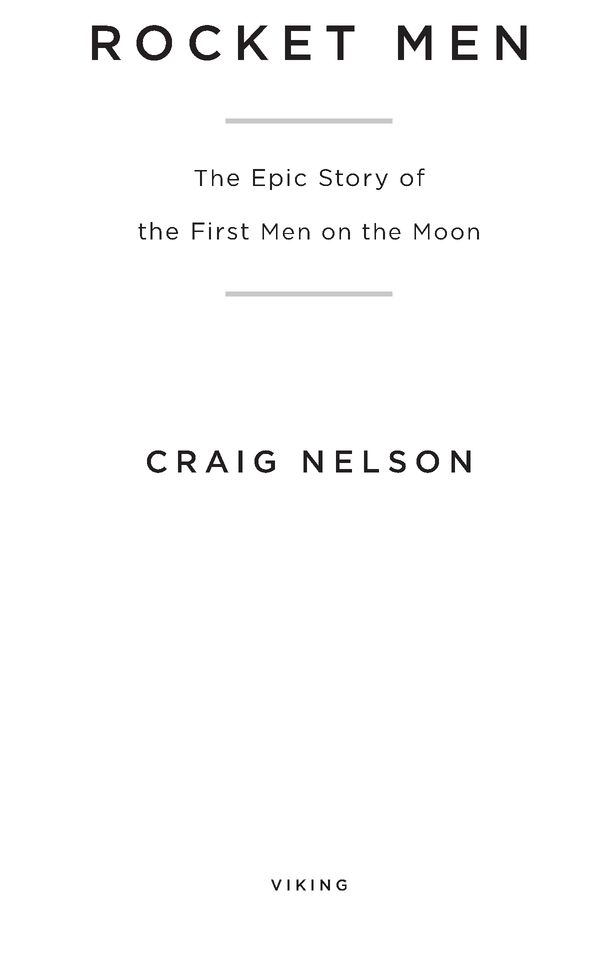
VIKING
Published by the Penguin Group
Penguin Group (USA) Inc., 375 Hudson Street, New York, New York 10014, U.S.A.
Penguin Group (Canada), 90 Eglinton Avenue East, Suite 700, Toronto, Ontario,
Canada M4P 2Y3 (a division of Pearson Penguin Canada Inc.)
Penguin Books Ltd, 80 Strand, London WC2R 0RL, England
Penguin Ireland, 25 St. Stephens Green, Dublin 2, Ireland (a division of Penguin Books Ltd)
Penguin Books Australia Ltd, 250 Camberwell Road, Camberwell, Victoria 3124, Australia
(a division of Pearson Australia Group Pty Ltd)
Penguin Books India Pvt Ltd, 11 Community Centre, Panchsheel Park, New Delhi - 110 017, India
Penguin Group (NZ), 67 Apollo Drive, Rosedale, North Shore 0632, New Zealand
(a division of Pearson New Zealand Ltd)
Penguin Books (South Africa) (Pty) Ltd, 24 Sturdee Avenue,Rosebank,
Johannesburg 2196, South Africa
Penguin Books Ltd, Registered Offices: 80 Strand, London WC2R 0RL, England
First published in 2009 by Viking Penguin, a member of Penguin Group (USA) Inc.
Copyright The Craig Nelson Company, Inc., 2009
All rights reserved
Grateful acknowledgment is made for permission to reprint an excerpt from Carrying the Fire: An Astronauts Journey by Michael Collins. Copyright 1974 by Michael Collins.
Photographs from NASA
LIBRARY OF CONGRESS CATALOGING IN PUBLICATION DATA
Nelson, Craig, 1955-
Rocket men : the triumph and tragedy of the first Americans on the moon / Craig Nelson. p. cm.
Includes bibliographical references and index.
eISBN : 978-1-101-05773-5
1. Project Apollo (U.S.) 2. Space flight to the moon. 3. AstronauticsUnited StatesHistory20th century. I. Title.
TL789.8.U6A559 2009
629.4540973dc22 2008051175
Without limiting the rights under copyright reserved above, no part of this publication may be reproduced, stored in or introduced into a retrieval system, or transmitted, in any form or by any means (electronic, mechanical, photocopying, recording or otherwise), without the prior written permission of both the copyright owner and the above publisher of this book.
The scanning, uploading, and distribution of this book via the Internet or via any other means without the permission of the publisher is illegal and punishable by law. Please purchase only authorized electronic editions and do not participate in or encourage electronic piracy of copyrightable materials. Your support of the authors rights is appreciated.
http://us.penguingroup.com
Dedicated to the 400,000 men and women of Apollo.
You made the dream come true.
Then what am I [when flying]the body substance which I can see with my eyes and feel with my hands? Or am I this realization, this greater understanding which dwells within it, yet expands through the universe outside; a part of all existence, powerless but without the need for power; immersed in solitude, yet in contact with all creation?
Charles Lindbergh, The Spirit of St. Louis
Ad astra per aspera
A rough path leads to the stars.
Apollo 1 Memorial, Kennedy Space Center
In 1969, a few months after Apollo 11 landed on the Moon, Rhode Islands Senator John Pastore was interrogating Fermilab physicist Robert Wilson at a Senate hearing on whether the federal government should spend $250 million to build a new collider. The senator wanted to know, would this collider add to the security of the country?
No sir, I dont believe so, Wilson answered.
Senator Pastore: Nothing at all?
Mr. Wilson: Nothing at all.
Senator Pastore: It has no value in that respect?
Mr. Wilson: It only has to do with the respect with which we regard one another, the dignity of men, our love of culture.... It has to do with, are we good painters, good sculptors, great poets? I mean all the things we really venerate in our country and are patriotic about.... It has nothing to do directly with defending our country, except to make it worth defending.
PART I
Behemoth
On May 20, 1969, at 12:30 p.m. EST, a 363-foot, thirty-story-high black-and-white Saturn V rocket known as AS-506 was painstakingly trundled five miles across the raging heat and searing green of central Floridas eastern coast by an eleven-man Kennedy Space Center crew aboard the worlds largest land vehicle, a six-million-pound, tank-wheeled crawler out of NASAs Vehicle Assembly Building, itself a 129-million-cubic-foot edifice so massive that its steel accordion doors were forty-five stories high and, without its ten-thousand-ton air conditioner, interior clouds would form under its 525-foot-high ceiling... and it would rain. An enormous creation of white ship and red derrick, the rocket and its mated launch tower, a twelve-million-pound engineering and technological goliath, moved so slowly from where they had been assembled to their destination that progress could not be tracked by human eye. Instead, they would be noted at one point, and then a few hours later at another, the sight accompanied by a small shock, the shock of a great red-white-and-black skyscraper coming to life and advancing, imperceptibly, across the Florida sawgrass swampland.
The crawler at the rockets base was, in itself, such a dramatic piece of engineering legerdemain that it even impressed Kennedy launch operations director (and former West Point tackle) Rocco Petrone: Somebody in our shop came up with the idea of using giant tracked machines like those used in strip mining. What evolved was the unique crawler or, more politely, transporter. As built by [Ohios] Marion Power Shovel Company, the crawler took shape with eight tracks, each seven by forty-one feet, with cleats like a Sherman tank, except that each cleat weighed a ton. Mounted over these eight tracks was the platform, bigger than a baseball diamond, on which the Apollo-Saturn V and its mobile launcher would ride majestically from VAB to pad at one mile per hour. The package weighed nine thousand tons, two-thirds cargo, one-third crawler.
NASA itself manufactures very little of what it flies; instead, for Apollo 11, it relied on twelve thousand American corporations and four hundred thousand employees, almost all of whose output ended up at the Vehicle Assembly Building (VAB), which Petrone called an intricate machine that assembled the vehicle in its final phases. The Saturn V rockets bottom stage was built by Boeing at the Michoud Assembly Factory in New Orleans, barged down the Mississippi River, around the Florida peninsula, and through a series of canals to the VABthe great, shimmering reflecting pool that has graced so many NASA launch photos is in fact a turning basin for its arriving barges. The boosters stage two was built by North American Rockwell in Seal Beach, California, shipped through the Panama Canal to be test-fired at NASAs Mississippi facility, and then shipped to Kennedy. Stage three originated with Douglas in Sacramento, California, and was flown to Kennedy via Aero Spacelines specially manufactured version of Boeing Stratocruiser: the Super Guppy. The Guppy had been created solely through the efforts and finances of Aeros founder, John Conroy, who against many doubters insisted he could turn a generic cargo jet into a carrier that would fit NASAs stratospheric requirements; the agency had previously tried using zeppelins to transport its enormous rockets, an experiment that did not end well. That same plane carried the Command and Service Modules from North Americans Downey, California, plant, while the Lunar Module, as light a ship as any in history, traveled by train and truck from Grummans factory in Bethpage, New York, to Florida.


